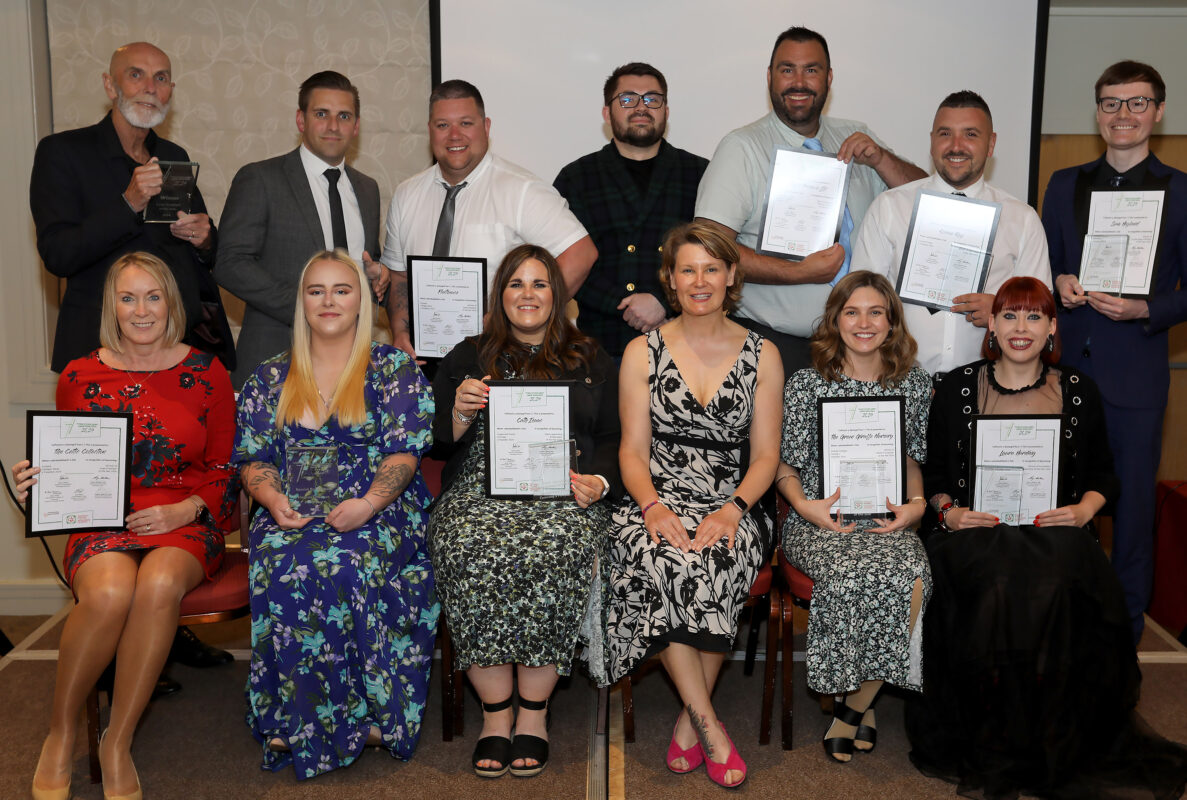The SAR and QIP – And why these should still be your “go-to” Ofsted Documents

Embarking on the journey as an Ofsted nominee is akin to stepping onto a winding path fraught with twists, turns, and unexpected detours. It’s a journey marked by meticulous preparation, diligent planning, and an unwavering commitment to becoming “inspection-ready”.
As an Ofsted nominee expecting an inspection, you spend close to a year immersed in the intricacies of readiness—conducting briefings, reviewing Self-Assessment Reports (SARs), fine-tuning Quality Improvement Plans (QIPs), reviewing Safeguarding processes and drilling your 48-hour plans. Amidst this thorough preparation, you’ve likely envisioned where you’d wish to be when “that call” finally comes—a moment that could arrive at any time, disrupting the rhythm of your provider life.
Perhaps you envisage yourself seated at your desk, surrounded by neatly organised folders and documents, ready to spring into action at a moment’s notice. Or maybe you’ve dreamed of receiving the call while engaging in a reflective stroll through the campus, the tranquillity of nature providing solace amidst the flurry of activity.
Navigating the Unpredictable: Ofsted Nominee Experience
But as fate would have it, life rarely adheres to our carefully crafted plans. Instead, imagine finding yourself amidst the jubilant chaos of Eureka Children’s Museum, celebrating your daughter’s third birthday. Amid school trips, lunch boxes, screams, laughter, and sensory exploration, the unexpected call arrives—an unforeseen disruption to the “tranquillity” of the moment.
Yet, amidst the unexpected, an opportunity emerges to showcase the resilience and adaptability that define your team’s journey as an apprenticeship provider. Seated on a child’s desk and chair, surrounded by the whimsy of the museum’s sensory room, you find yourself thrust into the role of conducting the meeting of all meetings—the introduction to the full inspection.
In this unconventional setting, amidst the chaos of small children and the vibrant energy of school outings, the importance of a detailed and thorough Self-Assessment Report (SAR), Quality Improvement Plan (QIP), and well-rehearsed 48-hour plan becomes glaringly apparent.
The Inextricable Link Between SAR, QIP, and Ofsted Preparedness
Amidst all this chaos and unpredictability, the SAR and QIP still stand as steadfast inspection anchors, guiding institutions towards readiness and the start of inspection. Despite some views in recent years that the SAR and QIP have become “old hat” or that it’s better to adopt a “let them see what they find on the day” approach, these tools remain crucial. There is even a suggestion that the annual submission of the SAR to Ofsted is akin to “letting the wolves in the backdoor.” However, an honest and accurate SAR, aligned with the Education Inspection Framework, is essential in the eyes of a lead inspector and their team during those first 48 hours.
A well-crafted SAR offers diagnostic insights and provision evaluation, serving as a beacon that highlights areas for improvement and compliance. It provides a clear and honest reflection of the institution’s current state, showcasing both strengths and weaknesses and demonstrating a genuine commitment to continuous improvement.
Importantly the SAR’s alignment with the Education Inspection Framework ensures it addresses key criteria that inspectors look for, the quality of education, behaviour and attitudes, personal development, and leadership and management. This alignment not only helps paint a comprehensive picture for the inspectors, but also sets out your standards and projects your commitment to excellence directly into their hands. It shows that the institution understands and meets the expected standards, building early credibility and trust with inspectors.
Simultaneously, the QIP emerges as the single strategic roadmap, outlining actionable steps for programme enhancement and sustained provision growth. It details specific, measurable actions that address the areas identified in the SAR, providing a clear path forward. This plan, of course must be realistic and achievable, with time-bound goals and assigned responsibilities, indicating that the institution not only recognises its areas for improvement but is actively working to address them.
Elevating the Unexpected: The Role of SAR and QIP in Ofsted Preparation
In the crucible of inspection, the SAR and QIP go beyond mere internal compliance; they embody a commitment to continuous improvement. They provide the nominee’s team with crucial reference points, allowing them to demonstrate the provider’s awareness of existing issues, historic concerns, and actions already taken when facing inspectors’ questions. By fostering a culture of introspection, innovation, and strategic planning, providers can navigate the uncertainties of inspection with confidence and resilience. As the inspection unfolds, the SAR and QIP continue to stand as a testament to the institution’s reflective nature and its awareness of strengths and weaknesses. This ensures that amidst the inspection process, you can remain confident, prepared, and proactive in addressing the inspection’s focus.
Beyond the confines of inspection preparations, the relationship between self-assessment, quality improvement, and reflective practice is essential to educational practice. Think of self-assessment as the magnifying glass Sherlock Holmes would use to scrutinise every nook and cranny of your programme. It helps you see what’s working, what’s not, and where things might be a bit dodgy. When paired with a Quality Improvement Plan, it’s like having Watson by your side, ensuring you have a strategy to tackle any mystery of underperformance and drive meaningful changes.
Reflective practice also fosters a culture of continuous learning and adaptation among educators and stakeholders, much like a never-ending game of Cluedo where everyone is constantly learning from each move. It ensures that during inspection you have already overturned the proverbial stones, so when inspectors take the “no stone is left unturned” approach, you already know what’s under them. This means the pursuit of a positive inspection outcome is always in motion.
Navigating the Ever-Shifting Landscape of Educational Leadership
Reflecting on our inspection experience, we found the approach to inspection by Ofsted to be diligent, professional, and, where needed, focused and robust. Our interactions with the inspectors were not only productive but to quote one of our teaching team “somewhat therapeutic”. It was evident that the inspectors were committed to understanding our institution’s strengths and areas for improvement, and their attention to detail and approach was commendable in light of the recent attention on the inspectorate.
Conclusion
As educators, administrators, and leaders, we recognise that the path to educational excellence is more than just ticking off tasks. It involves staying updated with the latest trends, addressing changing regulations, supporting achievement, and managing withdrawals. In the tapestry of educational leadership, the interplay between life’s unpredictability, Ofsted readiness, and institutional performance weaves a narrative of resilience, adaptability, and commitment. Navigating the complexities of an educational provision and personal life is akin to walking a never-ending tightrope. However, recognising the importance of preparation for inspection and the pivotal role which the SAR and QIP play in guiding the inspection process is paramount. Embrace the unexpected, and transform these challenges into opportunities.
Thomas Burton, Head of Apprenticeship Delivery, York St John University
Read our inspection report here











Responses